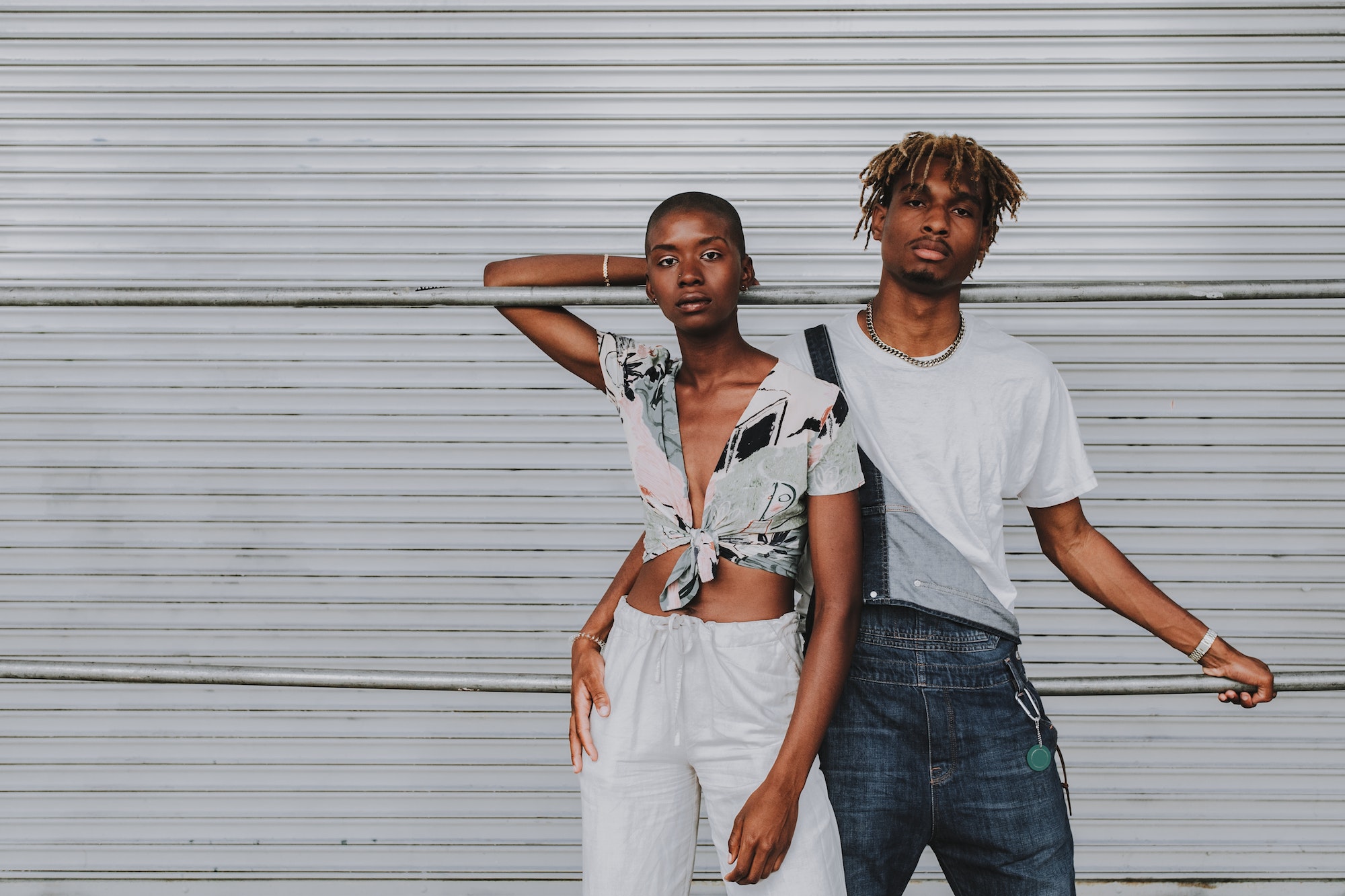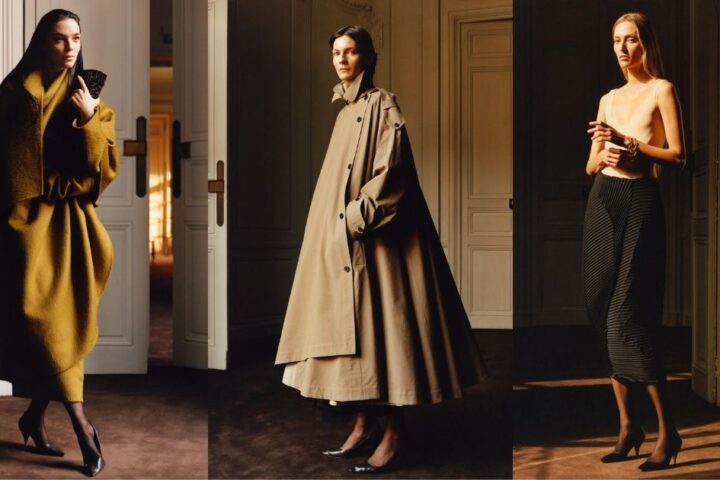Nina Garcia very famously once said that fashion is just an interpretation of the culture around us. I for one couldn’t agree more with the celebrated fashion journalist and current editor-in-chief of Elle magazine.
Fashion can never be seen as an isolated factor of clothing, shoes, bags, the works…It is inextricably connected to every aspect of our life; not only influencing different spheres but also getting influenced in turn. From regional cultures to art and technological innovation, the world of fashion is impacted by a myriad of things. Coming to fashion around the globe, there exists an endless list of styles that have borrowed to a large extent from specific cultures and regions. From loose kimono shrugs and bishop sleeves to waist trainers(taking inspiration from Victorian era corsets) and gladiator sandals(like ancient Greek warriors used to wear), a host of fashion staples have taken inspiration from the uniquely differently cultures of our planet. Whether it is a saree-clad lady or a Sheikh dawning a thawb, what clothing does, is help in identifying what part of the world does the wearer reside or come from. Even in ancient times, clothing held a lot of significance in terms and revealed a lot about the person.
Iconic Looks
Without an iota of doubt, some pieces of clothing evoke crystal clear images of certain parts of the world. For instance, a lady wearing a hijab or burkha might compel one to think of the Middle East while one wearing a salwaar-kameez might make one think of North India or Pakistan. At the end of the day, as we are all becoming incredibly globalised a generation, the fact of the matter is that all of these looks belonging to different geographical locations can appear nearly anywhere in the world. Most of the biggest cities around the world from London to New York and Paris, are all melting pots of different cultures, where one can see fashion from around the world, of course coupled with the distinct touch of that city.
The clothing that we dawn forms an important part of one’s identity all across the world, whether it is a black-tie event in Berlin or a big fat Indian wedding in Delhi.
India
The sherwani and kurta pyajama for men, while sarees for women, comprise staples for a lot of Indians when it comes to formal occasions. The sherwani in particular has quite a bit of rich history associated with it. This particular piece of clothing is said to have “evolved from the Baraba, a Persian style of cloaks, but under colonial rule in India, it was adapted and became more European in style. It is a tailored fit with buttons down the front, usually worn with loose-fitting pants made of light material. The pants vary according to location but follow a similar pattern”[1].
Japan
The kimono, a robe traditionally worn by Japanese for formal locations is a very famous piece of garment that does not require much introduction. The kimono is essentially free-flowing clothing item and resembles a full length jacket. It continues to be very popular among Japanese grooms but has been replaced by western style suits for other formal occasions. Coming to women, the white dress is incredibly prevalent when it comes to weddings but kimonos are also undoubtedly important for the traditional ceremony that many couples do.
China
The modern Tang suit, although tailored and slim fitting, is heavily inspired from the “shenyi”-which was a one-piece garment with a square silhouette. The “shenyi” dates all the way back to Zhou Dynasty and was in fact adopted as formal dress by the Han Dynasty(206 BC- 220 BC). If observed closely, the Tang suit jacket is a cross between a shirt and a jacket. If someone opts to go in for a full jacket, then they would perhaps choose the Mao jacket. These jackets tend to be a little more conservative in terms of colour and prints and are usually paired with well-fitting pants[2].
Africa
The dashiki is mostly worn in West Africa. It is called by different names, such as Kitenge in East Africa and Java in Indonesia. The informal version of the same is a more loosely-fitting garment, with an ornate V-neck and is often seen being worn by people belonging to African heritage all over the world. The formal version also tends to follow a similar silhouette but the only difference is that the top is open and is worn in fact as a mid-length jacket. It is worn with tailored pants to wither match the top or contrast, which depends from one wearer to the other. In Muslim communities, it is often worn with a Kufi cap. Different colours also hold different significance. For example, gray dashikis are worn for weddings with black while red is the colour for funerals. Coming to women, the kaftan happens to be the attire which is most popular among women of African descent throughout the African diaspora[3].
Regional Styles
When it comes to ethnic styles in fashion, they hail from all around the world. Designers often venture to exotic regions, seeking inspiration for their collections. After all, what is fashion if not wearable art; and, just like Monet’s Lillies, sometimes designers, whose canvas is a couple-square yards of fabric, incorporate indigenous fruits and flowers in their clothing. The Dolce & Gabbana 2012 collection, replete with bright prints of Mediterranean fruits is an example of the same. From kaftan beachwear and Chintz prints to Pashmina based fall/winter collection, n number of fashion trends exemplify how different cultures can have such a deep impact, not only on what we see on the runway but also, on what ends up in our wardrobes. Accessories and garments, once considered exclusive to a particular region, have found their way into mainstream fashion, whether its mang-tikas or jhumkas in Coachella or the kilts of Scotland in romantic-comedies.
Global Textiles
Even if some textiles don’t manage to get assimilated in different cultures of the world, certain textiles go on to earn coveted spots in the gold of fashion, owing to their superior quality. While Chinese silk has for long been considered the epitome of luxury, Central Asian textiles have often been regarded as exotic. Japanese textiles with their intricate handiwork can easily be said to replicate art while African textiles are known for their bright colours and patterns. [4]Coming to our own country, from mirror work in Gujarat to Kanjeevaram silk down south; cultural diversity also translates into a wide range of textiles.
Cultural Influence
As mentioned in the beginning of the article too, a good amount of fashion that that is sported in the western world and has now become a staple in some sense, stems from many different parts of the world. For instance, jewellery and ornaments from India are frequently referenced within modern pop culture. Beauty pageants and wedding dress designers often feature nods towards royal and aristocratic dresses of the bygone era. The trendy neck scarves that cabin crew as well as a host of women working in the corporate sector wear, also look quite similar to the kaffiyeh worn by men in the Arab world.[5]
As fashion continues to grow and evolve with the rest of the society it’s often not that hard to see recognition of fashion in the past even when it comes to the most futuristic of designs. Cultural styles belonging to different parts of the world will always continue to permeate the sphere of fashion and influence how clothes are born. At the end of the day people will always find a way to make their style their own. Clothing and style is ultimately nothing but a way to assert your individuality and creativity without vocalising the same.
[1] ‘Different Countries Different Fashions. What Is Considered Formal Around The World? – Exclusive Tailor’ (Exclusive Tailor, 2019) <https://www.exclusivetailor.com/different-countries-different-fashions-what-is-considered-formal-around-the-world/> accessed 12 November 2021.
[2] Ibid.
[3] Ibid.
[4] (Fashion-history.lovetoknow.com, 2021) <https://fashion-history.lovetoknow.com/clothing-around-world> accessed 11 November 2021.
[5] Ibid.











Очень актуальные новинки мира fashion.
Все события мировых подуимов.
Модные дома, торговые марки, высокая мода.
Новое место для модных хайпбистов.
https://metamoda.ru/